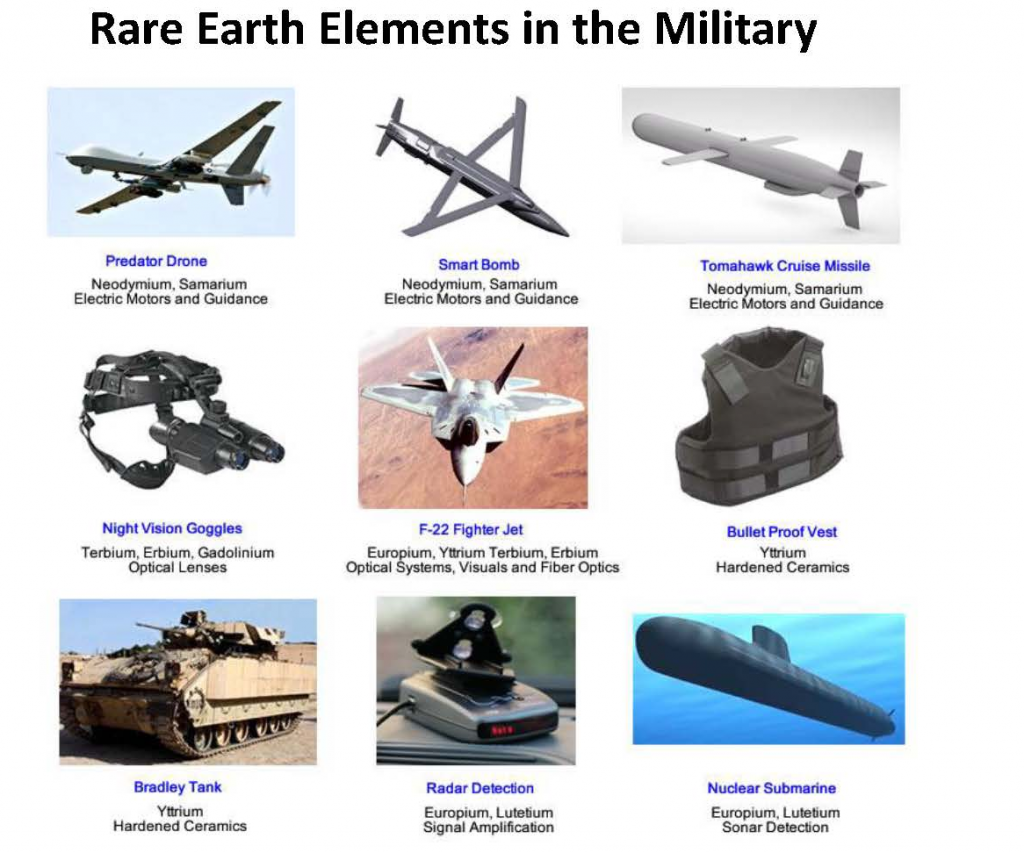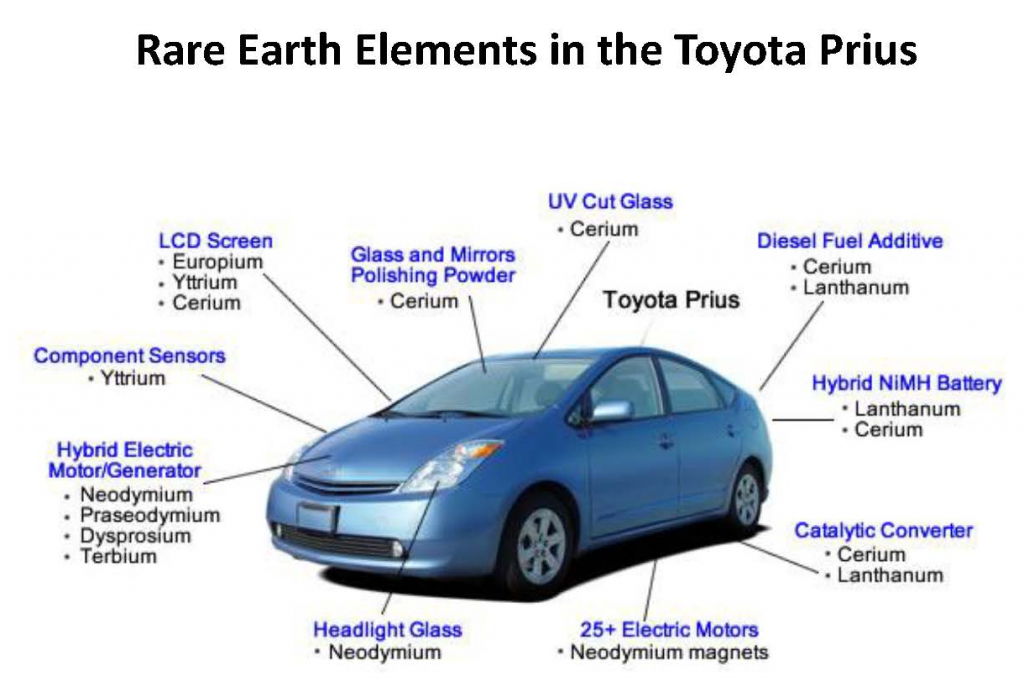
About Rare Earth Elements
Jim Briscoe Liberty Star Founder/CEO/Chief Geologist
Recently a Liberty Star shareholder shared an article with me that began “China is concerned about Greenland’s increasing  presence in the rare earth field, according to analysts. They claim that Chinese President Hu Jintao’s recent visit to Denmark was primarily because of the Asian country’s aim to develop closer ties with the Scandinavian country” (China concerned about Greenland rare earth activity, July 27, 2013). It turns out China just doesn’t have the reserves of rare earth elements (REEs) it has depended on for the last five decades. Apparently, the virtual monopoly has been very good for Chinese mining interests, since President Hu Jintao was willing to engage Denmark over Greenland’s “strong potential” for future REE production. Currently Greenland’s strongest prospects are in the advanced stage of exploration: reserves are estimated to amount to 10 million tonnes, or 9 percent of the earth’s total.
presence in the rare earth field, according to analysts. They claim that Chinese President Hu Jintao’s recent visit to Denmark was primarily because of the Asian country’s aim to develop closer ties with the Scandinavian country” (China concerned about Greenland rare earth activity, July 27, 2013). It turns out China just doesn’t have the reserves of rare earth elements (REEs) it has depended on for the last five decades. Apparently, the virtual monopoly has been very good for Chinese mining interests, since President Hu Jintao was willing to engage Denmark over Greenland’s “strong potential” for future REE production. Currently Greenland’s strongest prospects are in the advanced stage of exploration: reserves are estimated to amount to 10 million tonnes, or 9 percent of the earth’s total.
The 21st Century requires rare earth elements; modern consumer electronics, high tech weaponry, and green energy facilities, among other critical goods, require more than one of the 17 rare earth elements. The Toyota Prius nickel metal hydride battery contains 35 pounds of lanthanum and wind turbines require as much as 3,000 pounds of various REEs for example. Greenland is expected to provide 6 of 17 REEs, including niobium, another metal that a Prius requires 2 pounds of to run.
Clearly, global complacence over China’s dominance in the mining of REEs is over. China’s complacence is over too, evidenced by the high level visit to Denmark.
The US Congress is very concerned about the lack of strategic minerals and has taken steps to pump more than $100 million into REE studies. REE mining is on the rebound with the resurrection of the Mountain Pass REE mine in California just south of Las Vegas and UCore’s continued exploration of the Bokan Mountain project in Alaska.
Because of the surprising and unprecedented discovery of very large REE anomalies at Hay Mountain we are following developments very closely.
Because the logistics are very good at Hay Mountain (two paved roads and nearly flat level terrain and mild weather), we believe that if an economically minable body of REEs is delimited that it can be mined at low cost, concentrated, and that concentrate can be shipped to the brand new metallurgical facility at Mountain Pass for separation into different REE metals in a saleable form. I have already confirmed these two metallurgical possibilities with a knowledgeable consultant close to the Mountain Pass organization. In step with cutting edge mining engineering and construction I developed a mining plan that was vetted by our environmental consultant MWH and presented at the annual NRC meeting in Denver, Colorado in 2006. The plan is for an open pit and/or underground mine at Hay Mountain that would be invisible to the surface observer. Additionally, it would allow no water to leave the mine site, there would be no audible noise outside of the mine property and no light would be visible except reflected light from the ground visible from a low flying aircraft.
Jim Briscoe August 7, 2013
Images from American Elements, The World’s Manufacturer of Engineered & Advanced Materials: http://www.americanelements.com/PDFs/Rare-earths.pdf

